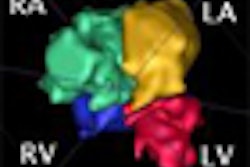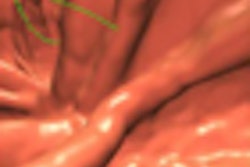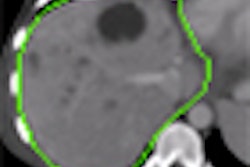Monday, November 30 | 3:10 p.m.-3:20 p.m. | SSE08-02 | Room E353C
Even in low-risk screening populations, computer-aided detection (CAD) technology continues to improve the sensitivity of radiologists reading virtual colonoscopy (also known as CT colonography or CTC) studies, according to this scientific paper.While CAD software has been shown to improve reader sensitivity in CTC, most studies have used patient populations with a high prevalence of polyps to increase statistical power. CAD's influence on reader specificity and reporting time has also not yet been resolved, while the potential effect of patient demographics on CAD's performance is another issue, according to Dr. Stuart Taylor of University College Hospital in London.
The researchers also wanted to explore the use of an experimental first-reader paradigm, in which the radiologist reviews just the CAD marks rather than performing primary review. This approach may offer potential in the context of a screening program where high reporting volumes place increased importance on time efficiency, according to Taylor.
The study group investigated the performance of CAD in a Japanese screening population, and the researchers also sought to study the influence of the CAD reader paradigm on radiologist performance. The study population consisted of 90 screening patients who underwent same-day colonoscopy and CTC.
Four trained readers then prospectively read all datasets using a CAD second-read paradigm, in which CAD was applied after the radiologists had completed their full evaluation of the dataset. Three months later, randomized and anonymized datasets were reread using a primary-read CAD algorithm.
The researchers found that CAD retained high standalone sensitivity in the Japanese screening program. It also improved radiologist sensitivity when employed in a second-read paradigm, Taylor said.
"A primary-read CAD paradigm remains experimental but is time efficient, and preliminary data suggest it may improve specificity," he said. "[However], acceptable radiologist sensitivity for this paradigm must be proved."




















